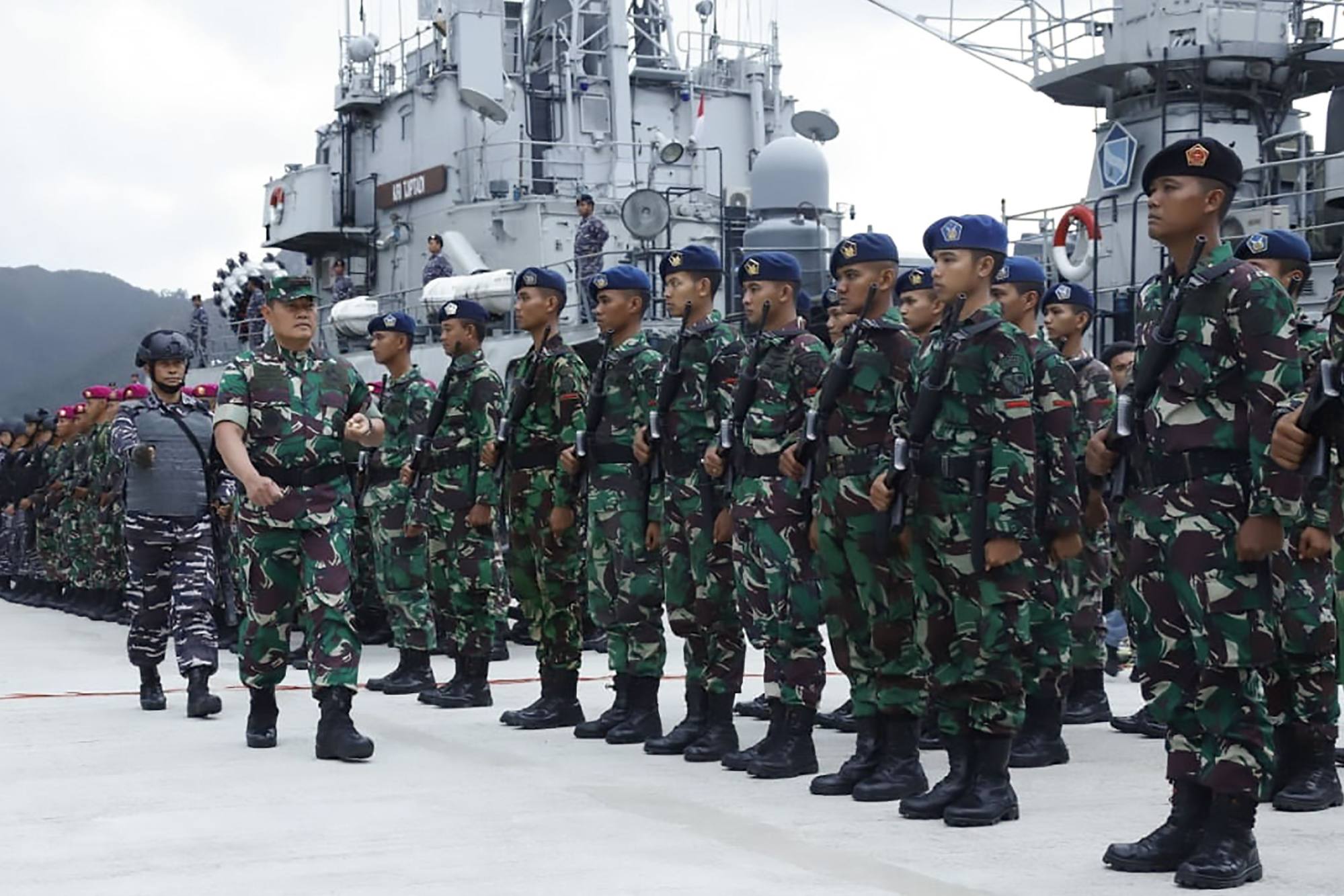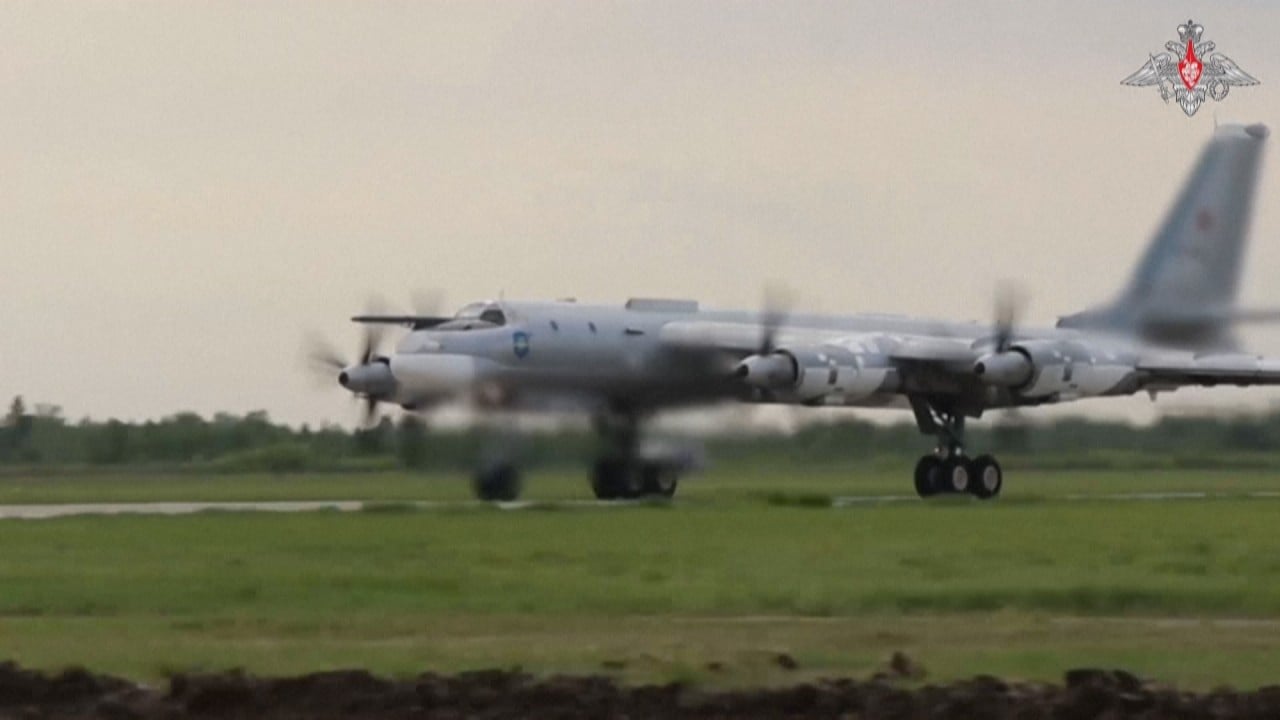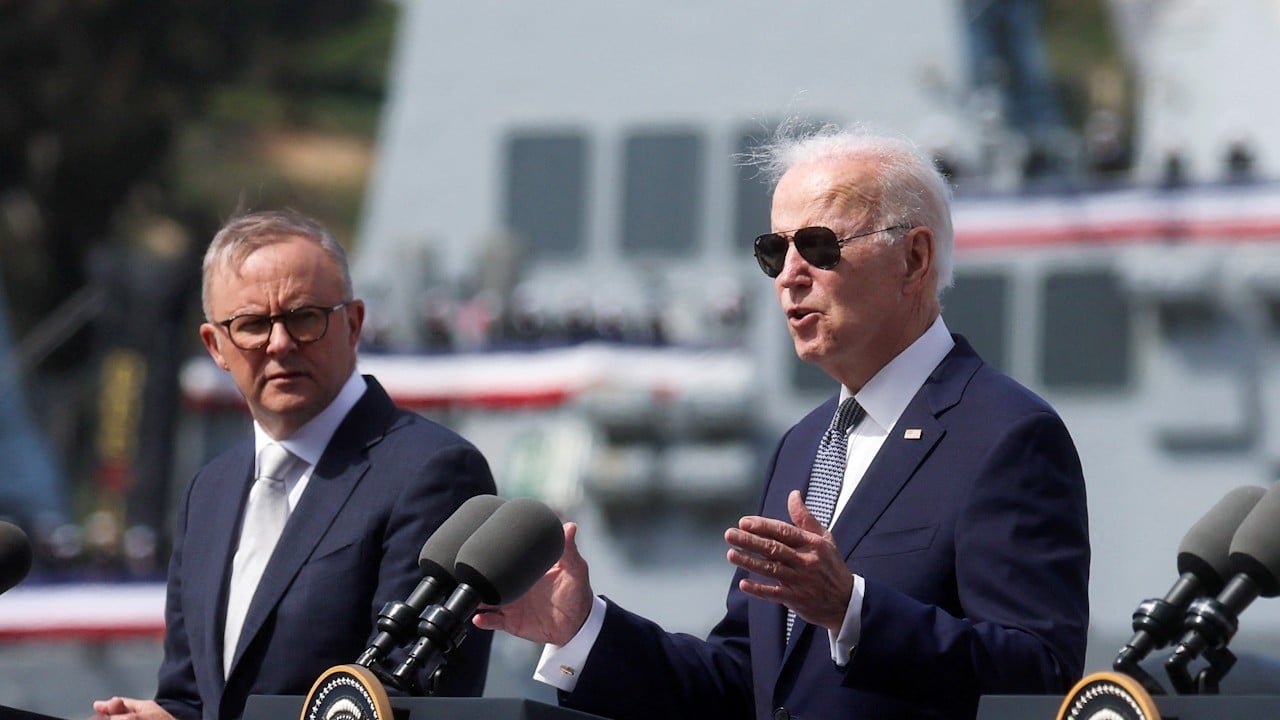
Will Cambodia’s concerns of ‘rocking China boat’ affect Asean unity over naval drills?
- Planned exercises in the contested South China Sea will look at maritime security and be the first time the Southeast Asian bloc has held them, amid Beijing’s growing clout
- However, Cambodia has not yet agreed and says ‘several other countries’ have not responded, with analysts suggesting some nations could simply observe
The exercises will focus on maritime security and rescue operations, and will not involve combat operations.
On Tuesday, the Indonesian military said members of the Association of Southeast Asian Nations (Asean) had held an initial planning conference for the joint drills, which will take place from September 18 to 25.
However, soon after that initial announcement, General Vong Pisen, commander-in-chief of the Royal Cambodian Armed Forces, released a statement saying that Cambodia had yet to agree to the drills.
He said that while Indonesia had proposed the idea as the rotating chair of the bloc, Cambodia and “several other countries” – which were not named – had not responded.

Joshua Bernard Espeña, a resident fellow at the International Development and Security Cooperation think tank in Manila, said Cambodia was hesitant about the drills as it was geopolitically and economically dependent on China.
He said if the aim is for Asean members to have regular naval drills, military representatives from non-participating countries could be invited as observers.
“[This is] to keep the message of Asean unity consistent,” Espeña said, noting that while Myanmar was similarly reliant on China, it would not participate in September, owing to its internal conflict.
The Indonesian army has confirmed that Naypyidaw has declined to take part.
Since seizing power in a coup in February 2021, the military junta in Myanmar has been embroiled in armed warfare with resistance groups.
Cambodia is heavily reliant on China for aid, trade and investment, with Beijing contributing to 44 per cent of the tiny Southeast Asian country’s total foreign direct investment between 1994 and 2021.
Joanne Lin Weiling, Asean Studies Centre co-coordinator at Singapore’s ISEAS-Yusof Ishak Institute, said that Cambodia remained cautious about the location of the naval exercises, which will take place in the South China Sea.
If they were not conducted there “it might be more acceptable for Cambodia”, said Lin, noting that Phnom Penh had participated in other Asean exercises, such as the Asean Multilateral Naval Exercise 2023 last month off the waters of Subic Bay in the Philippines.
Jakarta had initially said September’s joint exercises would be conducted in waters off Indonesia northeast of the Natuna Islands, known as the North Natuna Sea.
The Natunas lie within Indonesia’s exclusive economic zone, but also fall within an area in the South China Sea claimed by Beijing.
However, on Tuesday, Jakarta said the drills were now being planned for the waters of South Natuna, just outside the nine-dash line which Beijing uses to demarcate what it considers its maritime border.

Lin said Cambodia was supportive of Asean cooperation that would boost maritime security in Southeast Asia in responding to common challenges. “As long as it does not provoke other parties or increase tensions in regional waters,” Lin added, noting that the joint drills should go ahead for countries that were “comfortable” with Indonesia’s initiative.
Referring to the Asean Coast Guard Forum, initiated by Indonesia in November to boost maritime security, Lin said that only eight Asean countries had taken part, with Cambodia and Myanmar not involved.
“For a grouping like Asean with diverse interests among its member states, being pragmatic is important,” Lin said, adding that initiatives that were unable to garner the support of all 10 Asean members may still proceed with members that are most directly involved.
“Other members may participate when they are ready in the future,” she said.

While Asean centrality and unity were important for the organisation to be effective, the regional grouping is only an intergovernmental organisation which promotes cooperation, Lin added.
“Asean member states certainly do not need to align themselves with foreign or security policies or see eye-to-eye on other issues concerning major power contestations in the region,” she said.
Sophal Ear, an associate professor at the Arizona State University’s Thunderbird School of Global Management, said Cambodia’s uncertainty reflected its desire not to “rock the boat with China, an ironclad friend”.
“Anyone who participates is offending China. Anyone who doesn’t participate is with China,” Ear said, adding that Asean unity and centrality – which was “apparently not all that rock-solid” – would be undermined if Cambodia did not participate.
However, the drills should go ahead as countries that do participate will improve their naval operations and joint capabilities, Ear noted.
First joint drills since 1967
September’s drills will be the first Asean joint exercises since the body was established in 1967.
Rifki Dermawan, an international relations lecturer at Andalas University in West Sumatra, said that while it was possible that other nations would also decide not to participate in the drills due to concerns about upsetting China, going ahead with them would send a strong signal that Asean was collectively protecting the region.
“China is not the only threat to the region,” Rifki said, noting increasing military mini-lateralism like Aukus (Australia, Britain and the United States) and the Quad (Australia, the US, Japan and India) had already heightened tension.
This had forced Asean to plan drills to ensure its centrality in the region and relevance in the midst of great power competition, Rifki added.
Espeña said the exercises sent messages to both the US and China that while Washington “cannot rely on Asean to rally against China”, Beijing also could not dissuade regional states from giving up their “maritime-based grievances”.
Iseas’ Lin noted that major powers’ disputes were intensifying, with both the US and China engaged in more military exercises in the region.
These included Super Garuda Shield and Cobra Gold exercises between the US and several Asean countries, Falcon Strike joint air force training between China and Thailand, and Friendship Shield drills between China and Laos.
The Aman Youyi-2023 (Peace and Friendship-2023) drills later this year between China, Cambodia, Laos, Malaysia, Thailand and Vietnam are also planned.
“As such, it is important for Asean to strengthen its own resilience by using its own platform to promote regional cooperation,” Lin said.



